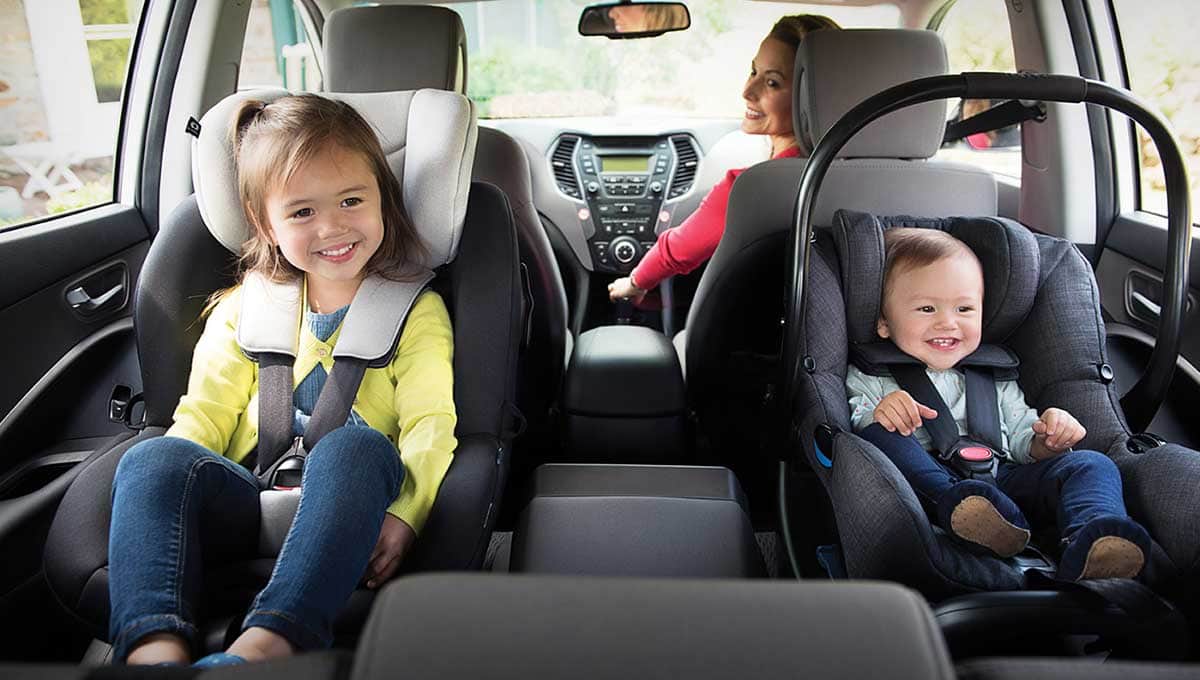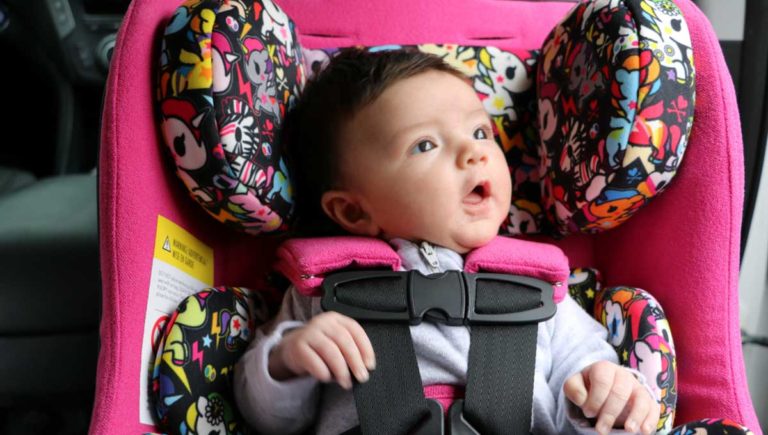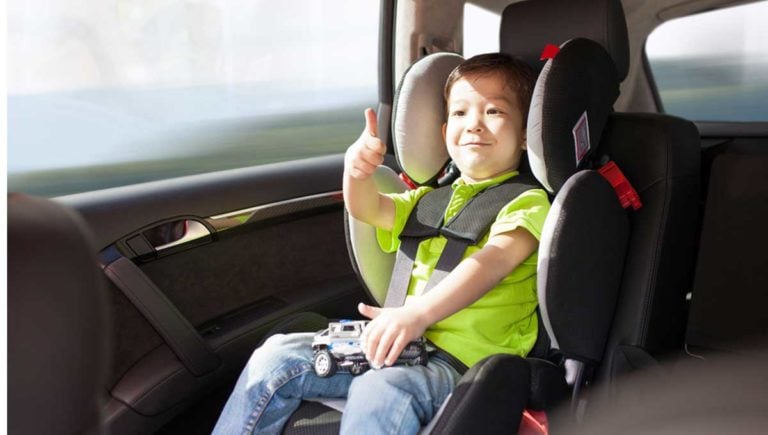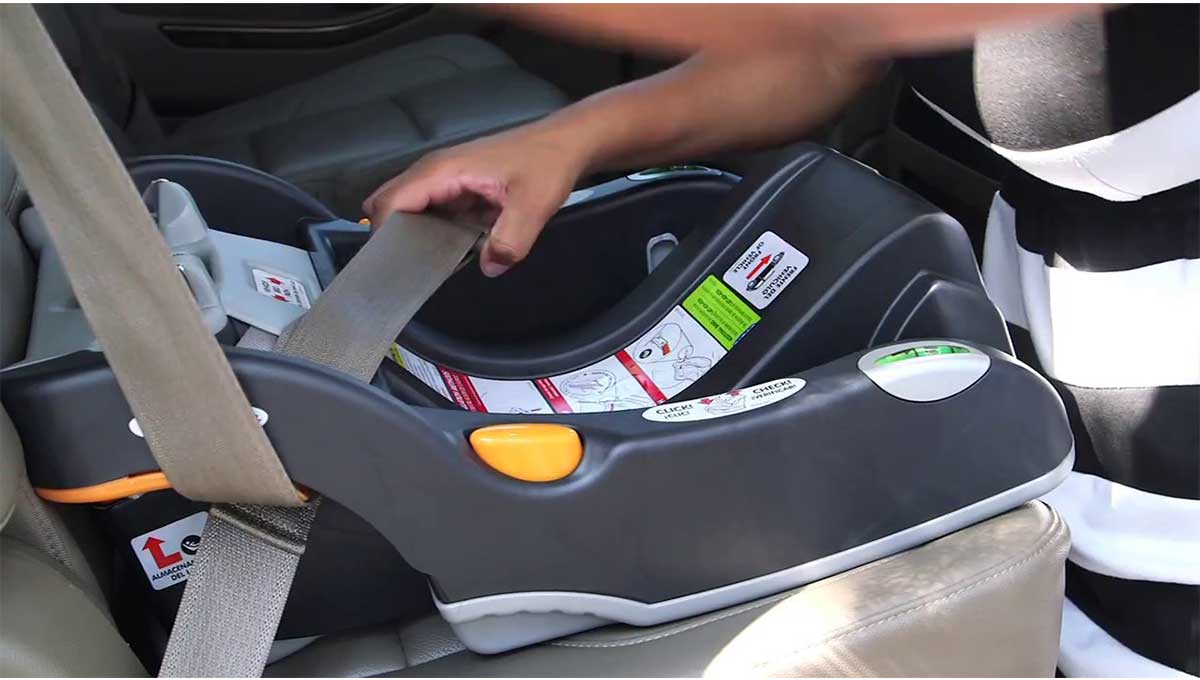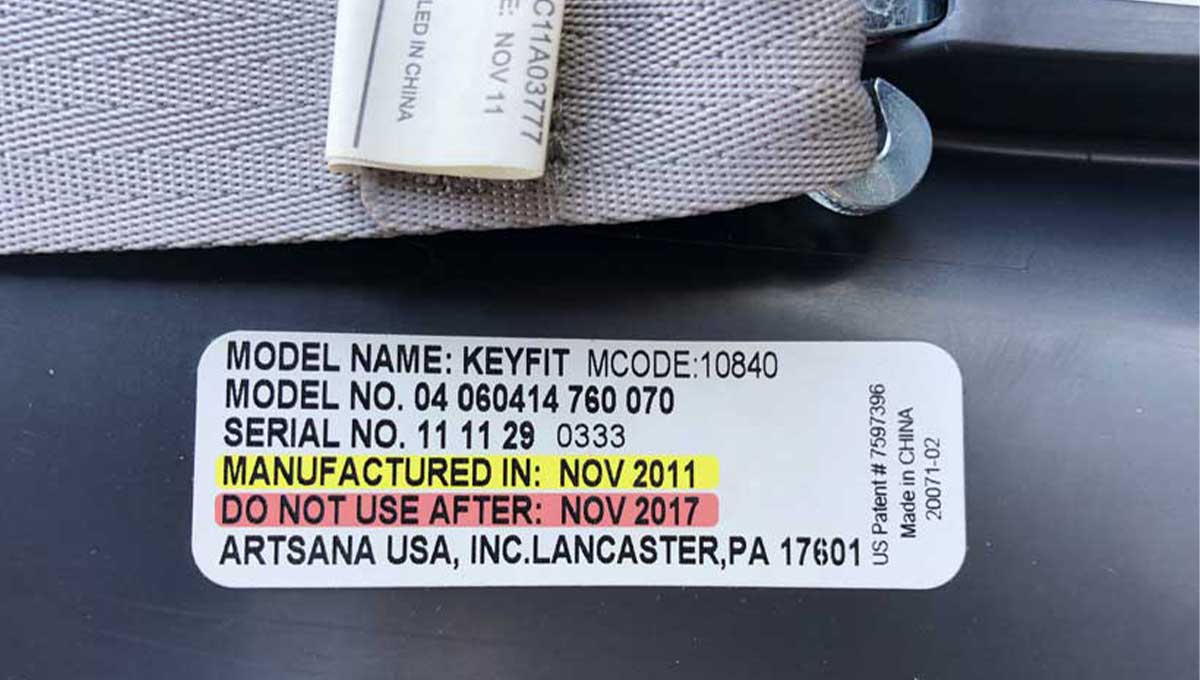From the food they eat to the air they breathe, protecting children from harm is of the utmost importance to all parents.
Yet there is a danger that many parents overlook. Tragically, accidents, including car accidents, are actually the leading cause of death in children in Canada. Many of these deaths could have been prevented by parents using booster seats and child seats more safely. At the time we updated this article in Dec of 2022, new statistics show that over 700 children are killed in collisions each year in Canada. More to that, 50,000 become injured.
Nobody wants to be part of a statistics like that. That's where we come in. Read on to learn more about booster seat laws in Ontario, how to apply them, and in doing so protect your precious little ones.
Why They Must Be Followed
Booster seats provide great protection for children. They raise the child so that the existing adult seatbelt in the car gives them greater protection. This offers a level of protection that is 3½ times better than seat belts alone, therefore making the decision to use one a clear one.
The law on the use of booster seats in Ontario is very clear. The Highway Traffic Act applies to children who meet all of these criteria:
- Children weighing 18kg to 36kg
- Height of less than 145cm
- Under the age of 8
You can continue using a forward-facing child seat for as long as the car seat manufacturer recommends. Carefully check these recommendations which are also based on weight and height. Once they are too big for a child seat then, by law, your child must use a booster seat when riding in a vehicle.
How Long Does A Child Need to Be in A Booster Seat?
This again comes down to the child's height and weight. Ontario car seat laws allow your child to stop using a booster seat when one or more of the following is true:
- At least 8 years old
- Weighs 36kg or
- Is 145cm or more in height
When Can A Child Sit without A Booster Seat in Ontario?
These regulations are helpful, but it's important to understand the thinking behind them. Your child is best protected by a normal seatbelt when they can sit comfortably in a regular seat, with their legs bent over the seat edge. They should be able to sit comfortably in this position for the whole trip.
Once they reach this height, the seatbelt will sit in the right place. It should be flat across their shoulder and chest. The lap belt should be positioned at the hip, rather than across the stomach. Only once you're satisfied that these criteria have been met should you allow your child to sit without a booster seat.
Kids fidget and hate to be tied down. We get it. But it's the law, and it's of the utmost importance that the driver makes sure everyone is following the rules, all of the time. Under Ontario law, the driver is the one responsible for making sure that all under-16s in the car are securely belted in, not matter what car you are driving.
How to Select The Best Booster or Car Seat for My Child
As we've seen, using the correct booster or car seat for your child is not just the law. It can be a matter of life and death. Let's look at how to choose the best seat for each age group. Regardless of whether you are buying a booster seat or car seat, the symbol to look for is called the National Safety Mark, and it looks like this:
Infants
Newborn babies and infants need the protection of a rear-facing child car seat. In a collision, this can be a life-saver for your baby. This is because they provide the correct level of support for the baby's head and helps them to breathe easily.
Carefully note the manufacturer's directions regarding the incline of the seat. Very young babies need to be held in a more reclined position. As they grow up and gain weight, adjust the incline accordingly.
Ontario car seat laws require that infants continue to use a rear-facing car seat until they weigh a minimum of 9kg.
Once they have outgrown their first car seat, it's wise to invest in a convertible - car seat, that is. These seats allow for your child to continue to face the rear until they are ready for a forward-facing seat.
Toddlers
Once your child reaches 9kg, you have a decision to make. In line with car seat regulations, you can choose whether they will face forward or face the rear. They will continue to use a car seat until they reach a weight of 18kg.
To use any type of car seat safely, it's vitally important to follow the manufacturer's recommendations. Look for their guidance on when to transition to forward-facing, and only make the change when your child meets the requirements.
When thinking about what type of car seat to buy for a toddler, make sure that it has been thoroughly tested. It must meet Transport Canada guidelines and have a National Safety Mark as seen above. This applies whether buying the car seat new or second hand.
The best toddler car seat on the market in 2020 based on consumer reviews was a convertible car seat - the Safety 1st Guide 65/Eddie Bauer XRS 65. It was praised for its slim design, adjustable features, and comparatively low price tag. Upon revisiting the top rated car seats in 2022, the Graco 4Ever 4-in-1 Convertible Car Seat seems to be topping the safety charts.
Pre-School to 8 Years of Age
While your child may be keen to progress out of their car seat, the safest course is to continue until they reach the maximum weight requirements. If your car has headrests, then you can safely transition them to a backless booster seat. If not, choose a high-backed booster seat.
Make sure that as well as meeting Canadian regulations, the booster seat is also a good fit for your car. There should be little to no gap at the rear of the seat, and it should be easy to secure.
Follow the guidance given above to decide whether your 8-year-old is ready to graduate from a booster to a regular seatbelt alone.
How to Install A Booster Seat
Booster seats vary slightly from model to model, so it's always good to follow the manufacturer's instructions. Booster seats should be installed in the backseat only for safety. They should also be installed with shoulder belts, not just lap belts.
That said, the basic principle in most models is that the belt clips onto the side of the seat. Once the child is in place, the belt then acts as a lap belt and shoulder belt.
Some come with additional safety features, such as latches that can be anchored to the car.
Should I Ask The Store to Install It?
If the store has an installation service, this is worth considering. The advantage is that they are installing these units day in, day out so doing it correctly is second nature for them. They will also be able to demonstrate to you how to install it.
A word of warning though - watching them install it is no substitute for reading and following the manufacturer's instructions yourself.
Do High Back Boosters Need to Be Installed?
Usually, high-backed booster seats are not installed. Rather, you put them in position and then you strap them in after your child is in the seat. As always, check the manufacturer's guidelines.
What Are the Height and Weight Requirements for a Backless Booster?
Booster seat laws in Ontario require that they are used for children from 18kg to 36kg and under 8 years old. But they can continue to be safely used until the manufacturer's maximum weight and height guidelines have been reached.
Can The Police or Fire Departments Help Me to Install It Correctly?
Ontario Provincial Police Toronto Detachment run child car seat clinics. There are also monthly clinics staffed by the Toronto Police Auxiliary Unit. Make a booking online to receive free help to install your child or booster seat correctly. Unfortunately, we revisited this article for improvements in April of 2022, we noticed that the above link states that all car seat clinics have been suspended. Presently, there is the option of referring to this website for step by step instructions. Once again, we always recommend following the manufacturers guidelines.
Understanding Booster Seat Laws in Ontario
As your child progresses from using a booster seat to a regular seat belt, you know what their next question will be: When can I sit up front?
It may surprise you but there is no local law on this point, either in terms of age or weight. However, the Ontario Ministry of Transportation recommends that children under 13 do not sit in the passenger seat. This is because they are away from active airbags, which can pose a danger to them in the event of an accident.
The Importance of Expiry Dates on Booster Seats
Unlike diamonds, booster seats are not forever. They all come with an expiry date and it's there for a reason.
Over time, plastics degrade and do not offer the same level of protection as when they were first manufactured. Also, car seats are made in line with current laws which are updated continually. Recalls and limitations in manufacturer testing also mean a newer seat is safest.
While a second-hand seat may be a bargain, also take into consideration that kids put car seats through a lot of wear and tear. Always bear in mind, this is primarily a safety device.
While you may not be breaking the law in using an expired car seat, it's not the safest route. Additionally, if you try to sell a car seat made before January 1, 2012, this may be illegal.
What If I Am Caught without The Correct Booster Seat for My Child?
If you are caught breaking the car seat regulations mentioned above, you will be fined and receive demerit points on your license. Previously, this stood at $240 and 2 demerit points if convicted. Recent research however, shows us that those fines have now been increased to upwards of $1000 per child under 16 without correct booster, car seat, or seat belt.
What If My Child Is Injured in An Accident That I Caused?
If the worst happens, and your child is injured, your first thoughts will be seeking medical help for your child and dealing with the emotional aftermath.
From a legal standpoint, depending on the circumstances, this may be investigated as a criminal infraction of the Highway Traffic Act. If an infraction such as criminal negligence was proven, you could be prosecuted.
What If My Child Is Injured in An Accident That Someone Else Caused?
As above, an investigation may explore the possibility of criminal charges. If they have third-party insurance, you will be entitled to claim against this for any injuries suffered. Also, as a private individual, you may be able to pursue this under Canada's liability laws.
The Verdict
Booster seat laws in Ontario are great protection - both for parents and children. They help ensure that you can get from A to B, with minimal drama in between.
Follow them closely and you will have peace of mind knowing your most precious possessions are safe and sound.
Get a quote today for great insurance to go along with your super safe vehicle!


